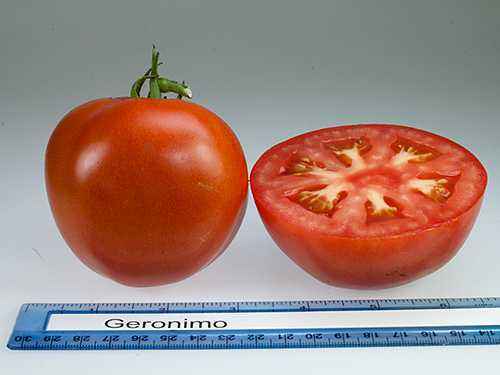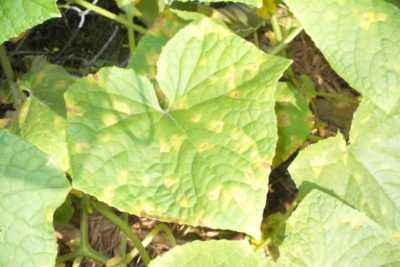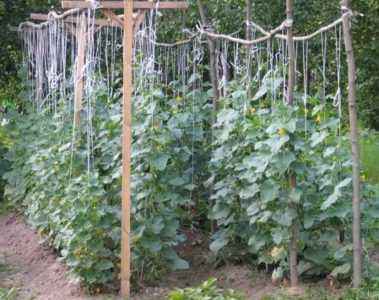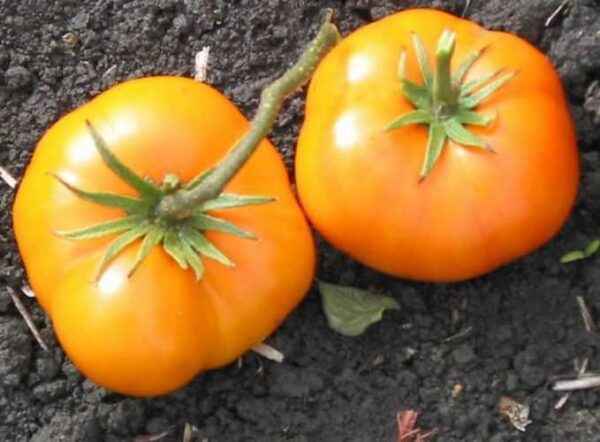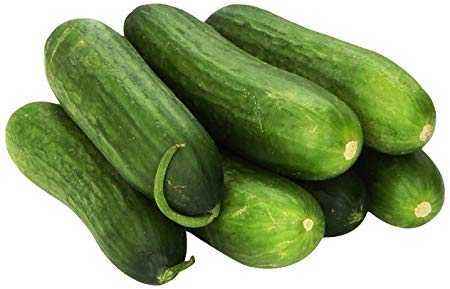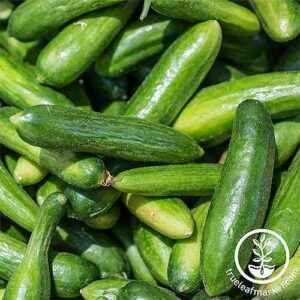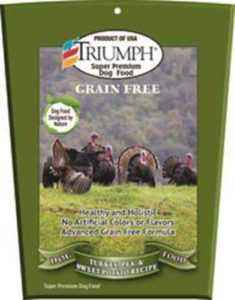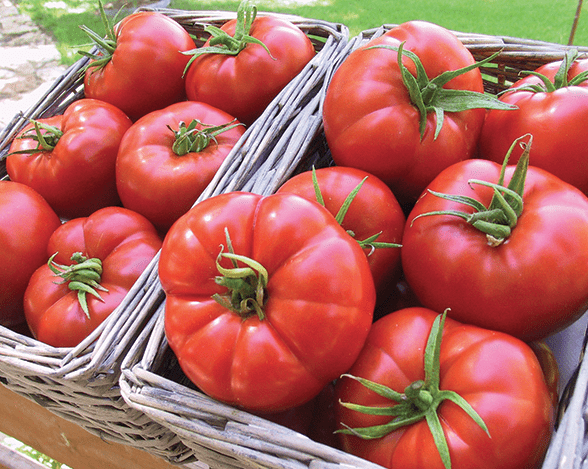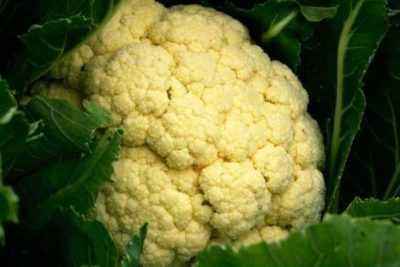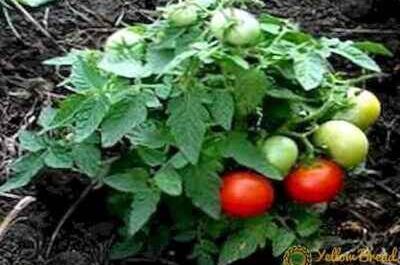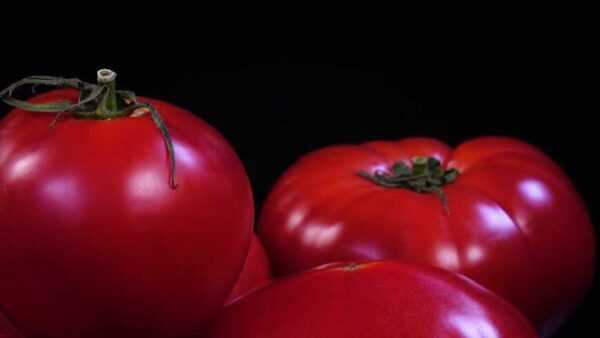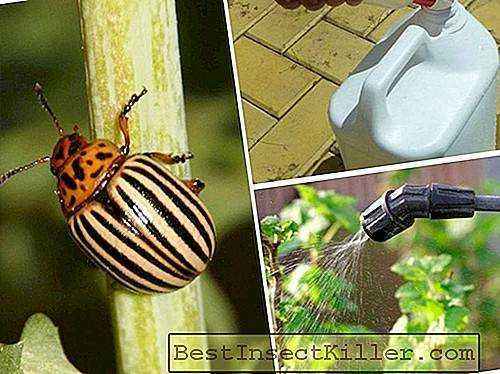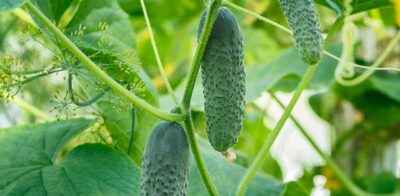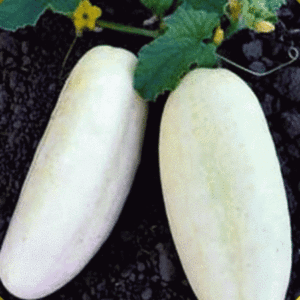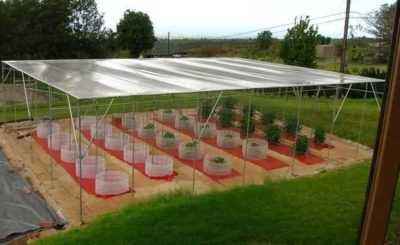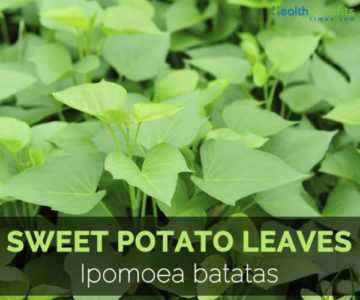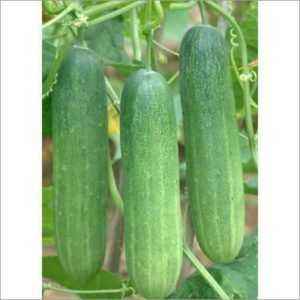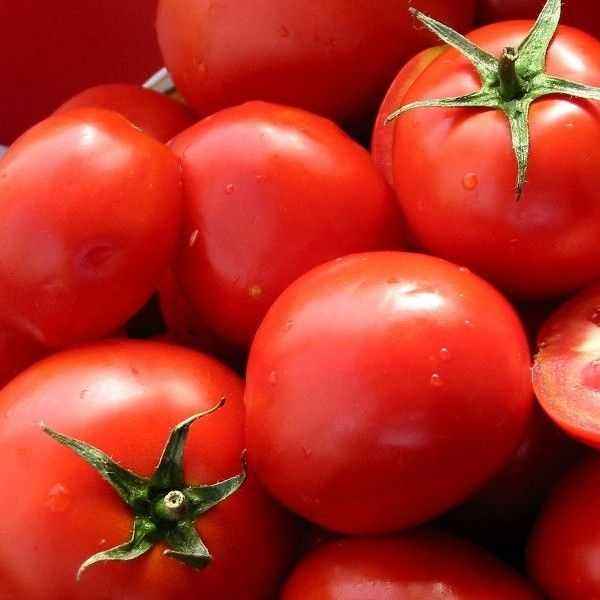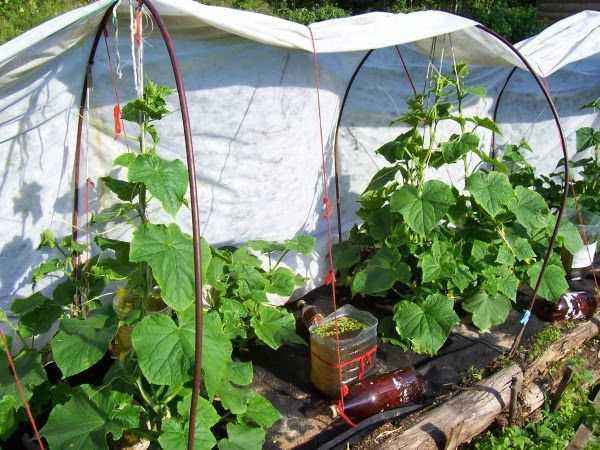Thanks to the efforts of breeders, almost every variety of vegetables is resistant to disease and has a good percentage of yield. Potato Slavyanka belongs to such varieties.
- Variety description Slavyanka
- Characteristics of the bush
- Description of fruits
- Advantages and disadvantages of the variety Slavyanka
- Positive aspects
- Negative aspects
- Cultivation of the cultivar Slavyanka
- Features of the care of the cultivar Slavyanka
- Diseases and pests of the cultivar Slavyanka
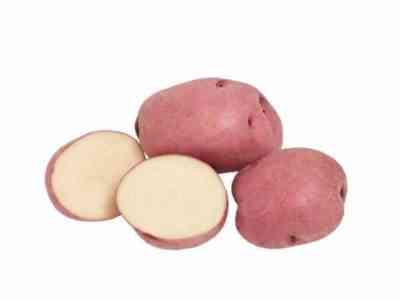
Characteristics of the potato Slavyanka
Variety description Slavyanka
According to Characteristic, the potato variety Slavyanka ripens late: it yields a crop only after 135-145 days from the time of planting. Tubers do not collect nitrates, Seeds are not subject to degeneration.
From 1 ha, from 185 q to 330 q are harvested of high-quality potatoes The quantity depends on the nutrition of the soil and climatic conditions.
Characteristics of the bush
According to the description, the bushes grow small, sprawling. Their stems are branched, few in number, but there are many leaves. They are dark green in color, large and dissected.
Veins are visible on the leaves, their edges are wavy, with a small fluff. The flowers are bright purple with white tips. The root system of the bush is strong, well developed. Under one bush, more than 12-17 tubers are formed.Root vegetables of small sizes are rare.
Description of the fruit
Gardeners note the excellent taste of potatoes. Root crops do not have dryness and large amounts of water.
According to the description:
- root crops are large, their maximum weight is 180 g;
- the shape of the potato is oval, slightly oblong ;
- the skin of the potato is pink with a slight purple tint;
- the eyes on the potato are on the surface;
- the flesh has a pleasant cream tint;
- the percentage of starch in potatoes is average, about 11-13%.
Advantages and disadvantages of the Slavyanka variety

Fruits are universal in use
Positive aspects
According to the description, the Slavyanka potato variety has a long shelf life and is suitable for transportation over long distances. In 95%, the potato fruits are large.
The bush is unpretentious to temperature changes, is able to withstand differences of 10-15 ° C, has strong immunity and a powerful root system.
Negative sides
The disadvantages include the fact that the potato does not respond well to mechanical damage. Damaged fruits do not make sense to leave for storage: after a while they will begin to rot, harm healthy tubers.
Growing the Slavyanka variety
The bush needs additional nutrition with vitamins and moderate watering. At the same time, it is recommended to alternate mineral additives and organic mixtures.
The seed, as described, is best planted in sandy soil: this allows you to increase yields by several percent.
Tubers are planted only in well-warmed soil . Prior to this, they are pickled, and the soil is loosened.
On the dug and prepared holes lay humus or wood-type ash. They keep a distance of 38 cm between all the bushes, and at least 79 cm between the rows.
Features of care for the Slavyanka variety
The soil must be watered, the best option is drip moistening , which does not allow water to stagnate in the ground.
During the growth, the plant is fed with mineral additives with calcium, bird droppings.
The tubers are sensitive to mechanical damage, and therefore it is best to use when harvesting side grapple harvesters.
After harvesting, the fruits are dried and then stored in a cool room where they are picked up every few months.
Diseases and pests of the Slavyanka variety
The Slavyanka variety is immune to a number of diseases:
- nightshade cancer;
- tobacco mosaics;
- mosaics wrinkled type;
- leaf twisting;
- black legs and nematodes.
The fruits of the Slavyanka potato variety are susceptible to gray, root and apical rot. To save, plantings are treated with special means or a solution of potassium permanganate.
